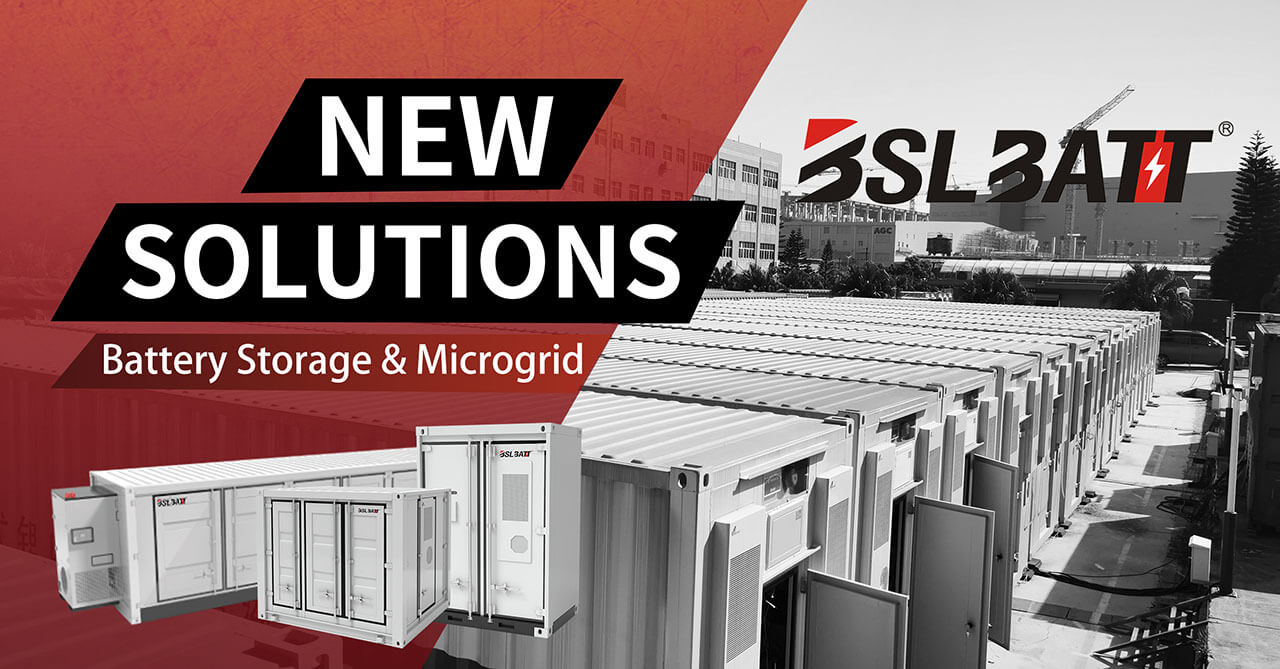How much difference ten years can make. In 2010, batteries powered our mobile phones and computers. By the end of this century, they have also begun to power our cars and houses. The growth of battery energy storage in the power sector has attracted great attention from the industry and the media. Most of the attention is focused on utility-scale batteries and batteries for commercial and industrial customers. Although these larger batteries are a key part of the energy storage market, the rapid growth of residential energy storage has exceeded expectations, and these solar power home systems may become important assets faster than many people expected. The growth trajectory and potential value of these home storage systems to customers and the grid is worthy of careful study. BSLBATT estimates that the cost of energy storage will drop by 67% to 85% in the next ten years, and the global market will grow to US$430 billion. In the process, the entire ecosystem will grow and develop to support the new era of battery power, and its impact will spread throughout the entire society.  Even now storage systems are still very expensive. As far as I know, a storage system with a capacity of 5 kWh currently costs around 10,000 Euros. These products seem to have a large market. Those who can afford it may become more independent of electricity prices in the future. Is this a market economy solution for the energy transition? Last year someone said that the battery storage system can meet 60% of your own power needs, now you can usually read 70% or more. In some cases, even 100% power demand coverage is specified, such as BSLBATT, they have successfully completed the actual test: With theALL IN ONE ESS storage solution from BSLBATT, it can cover 70% of the total electricity consumption of a single household user, and more solar power. Preliminary evaluations of comprehensive field tests show that the previously calculated parameters and load curves are fully in line with the consumer behavior of the target group. “We are very satisfied with the test method. On sunny days, some test users have even reached 100% self-sufficiency,” the doctor explained. Eric, BSLBATT solar energy storage BESS project manager. The energy management system has also proven to be reliable when installed in a larger existing system as a ALL IN ONE ESS. “In some cases, we divide the system into 5 kWp generator power directly fed into ALL IN ONE ESS, and the remaining power is converted by existing inverters,” Eric said. The energy management system automatically interprets the second photovoltaic generator as a negative load, so the ALL IN ONE ESS service completely interrupts its power supply and recharges the battery, while the second photovoltaic generator covers the consumption of the house itself. Therefore, the storage solution can not only be used as a stand-alone system, but also can be easily integrated into an existing photovoltaic system to optimize the family’s self-consumption.
Even now storage systems are still very expensive. As far as I know, a storage system with a capacity of 5 kWh currently costs around 10,000 Euros. These products seem to have a large market. Those who can afford it may become more independent of electricity prices in the future. Is this a market economy solution for the energy transition? Last year someone said that the battery storage system can meet 60% of your own power needs, now you can usually read 70% or more. In some cases, even 100% power demand coverage is specified, such as BSLBATT, they have successfully completed the actual test: With theALL IN ONE ESS storage solution from BSLBATT, it can cover 70% of the total electricity consumption of a single household user, and more solar power. Preliminary evaluations of comprehensive field tests show that the previously calculated parameters and load curves are fully in line with the consumer behavior of the target group. “We are very satisfied with the test method. On sunny days, some test users have even reached 100% self-sufficiency,” the doctor explained. Eric, BSLBATT solar energy storage BESS project manager. The energy management system has also proven to be reliable when installed in a larger existing system as a ALL IN ONE ESS. “In some cases, we divide the system into 5 kWp generator power directly fed into ALL IN ONE ESS, and the remaining power is converted by existing inverters,” Eric said. The energy management system automatically interprets the second photovoltaic generator as a negative load, so the ALL IN ONE ESS service completely interrupts its power supply and recharges the battery, while the second photovoltaic generator covers the consumption of the house itself. Therefore, the storage solution can not only be used as a stand-alone system, but also can be easily integrated into an existing photovoltaic system to optimize the family’s self-consumption.
Post time: May-08-2024








